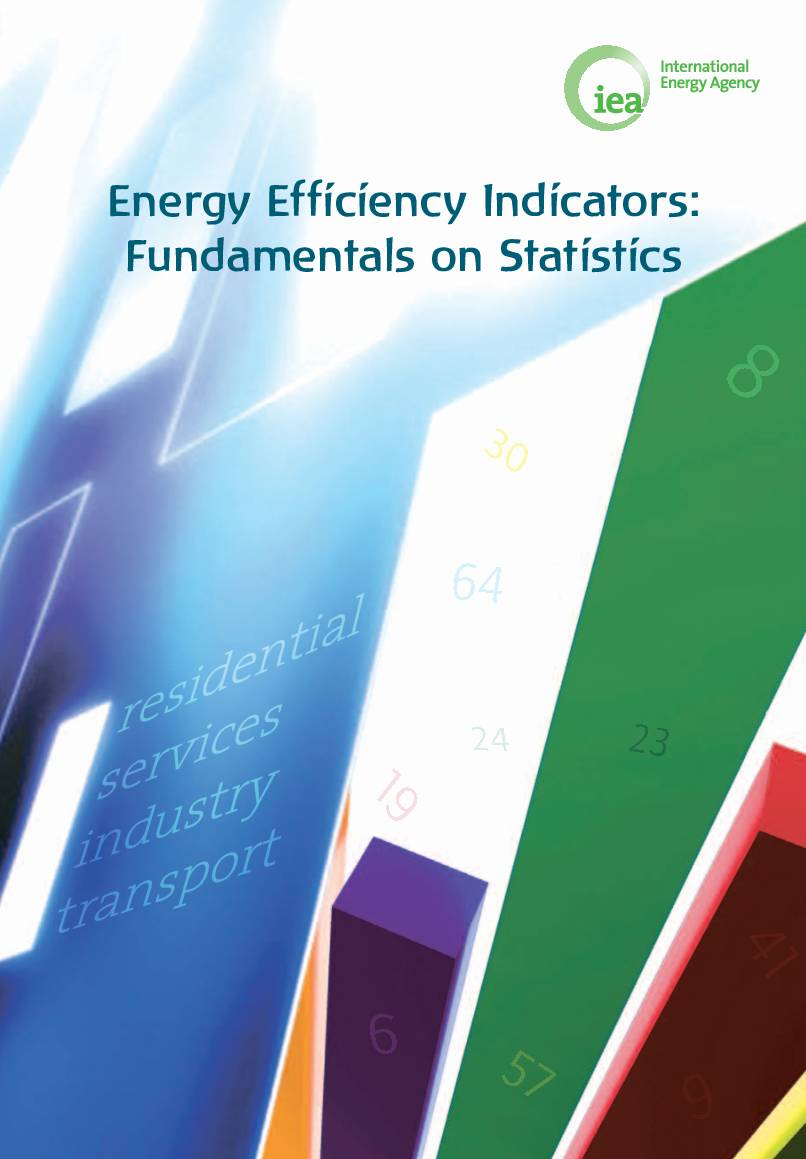Energy efficiency is high on the political agenda as governments seek to reduce wasteful energy consumption, strengthen energy security and cut greenhouse gas emissions. However, the lack of data for developing proper indicators to measure energy efficiency often prevents countries from transforming declarations into actions.
The main objectives of this manual are to identify the main sectoral indicators and the data needed to develop these indicators; and to make surveying, metering and modeling practices existing all around the world available to all.
This manual has been developed with a companion document, Energy Efficiency Indicators: Essentials for Policy Making, as a starting point towards enabling policymakers to understand where greater efficiency is needed, to implement appropriate policies and to measure their impact. The ultimate goal is to make improved energy efficiency not only a concept but a reality.
The IEA has produced a supplement to this publication – the Energy Efficiency Indicators Statistics: Country Practices Database – which presents searchable practices on collection of data for developing efficiency indicators from a variety of OECD and non-OECD countries. Practices are searchable by country, sector, methodology and type of available documentation. By sharing these experiences, we hope to help countries and organisations to develop their own energy efficiency indicators programmes.
Share this

Sectors: Cross cutting, Renewables
Country / Region: Global
Tags: assessment of the status quo, efficiency indicators, emissions, energy, energy efficiency, energy security, greenhouse gas emissionsIn 2 user collections: Tools for Energy Efficiency in Buildings , Building Efficiency Accelerator: Tracking Progress Resource Collection
Knowledge Object: Publication / Report
Published by: IEA
Publishing year: 2014
Author: IEA
